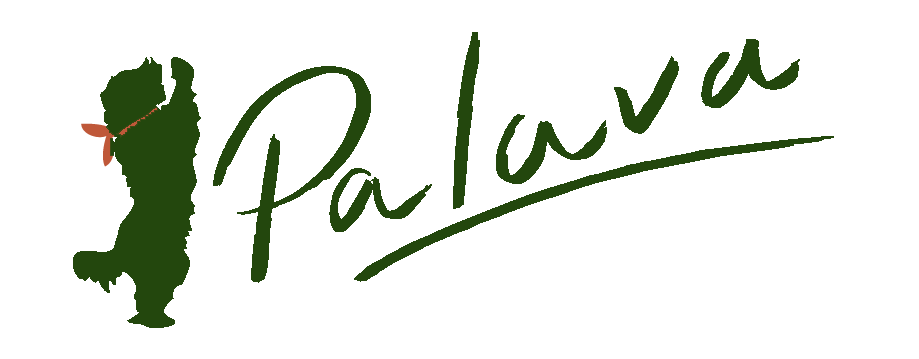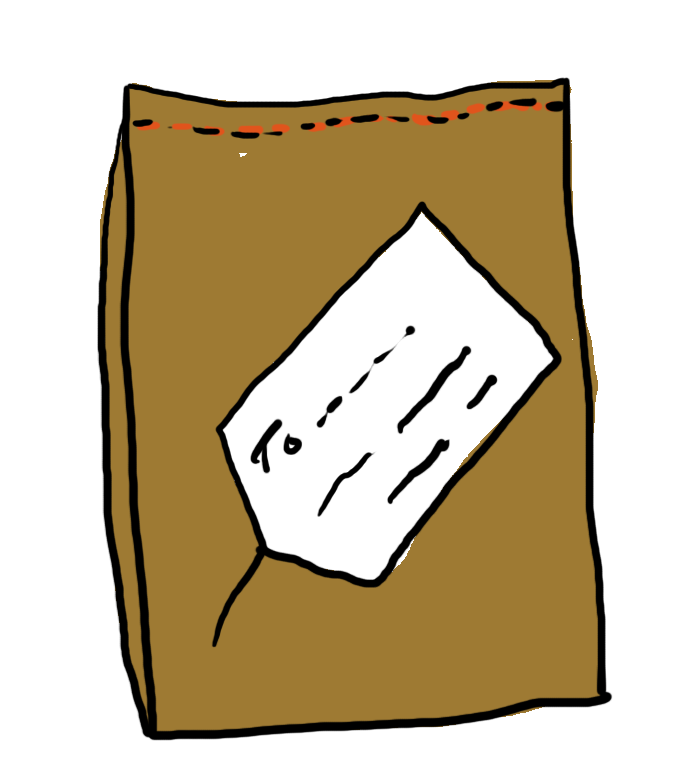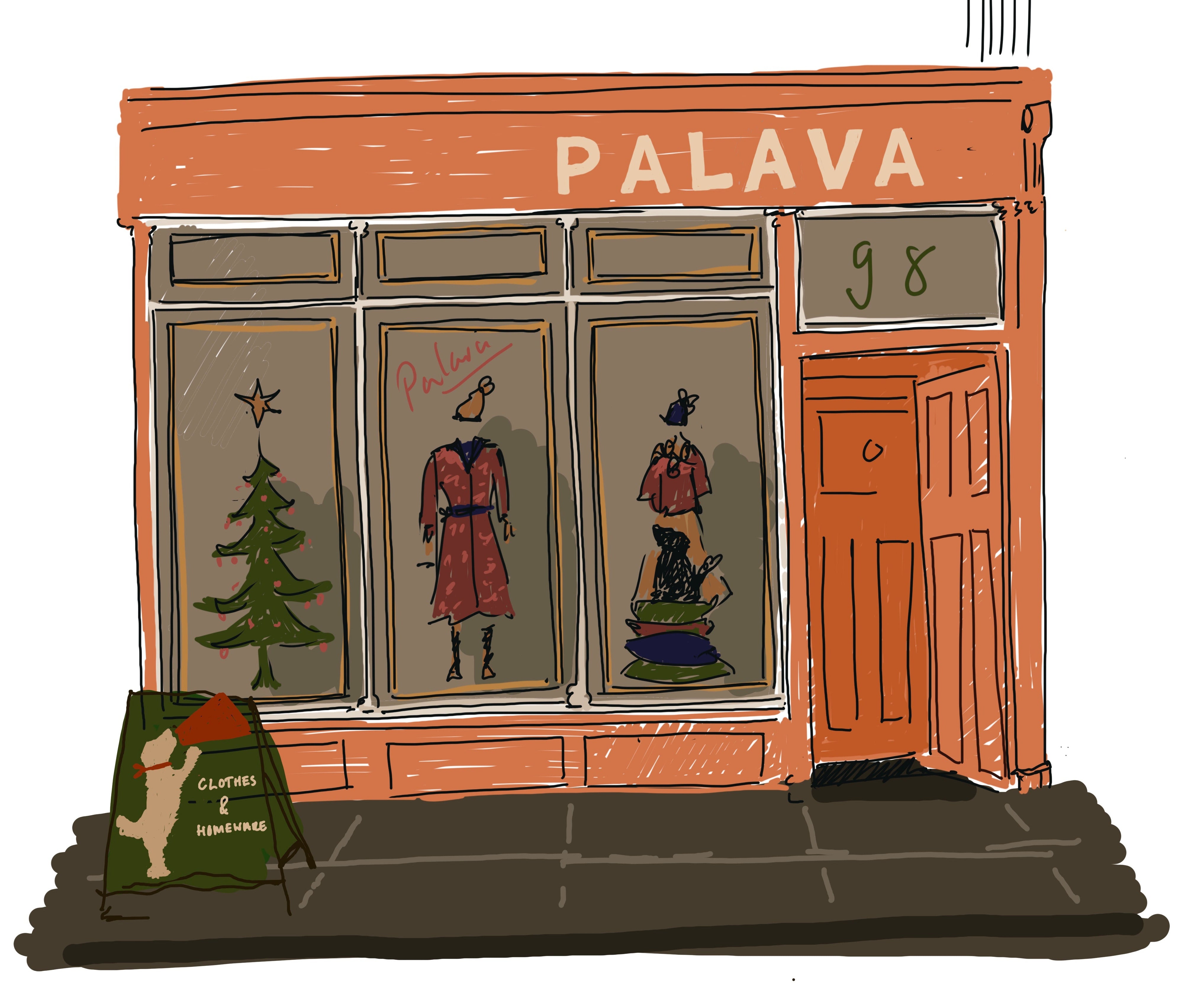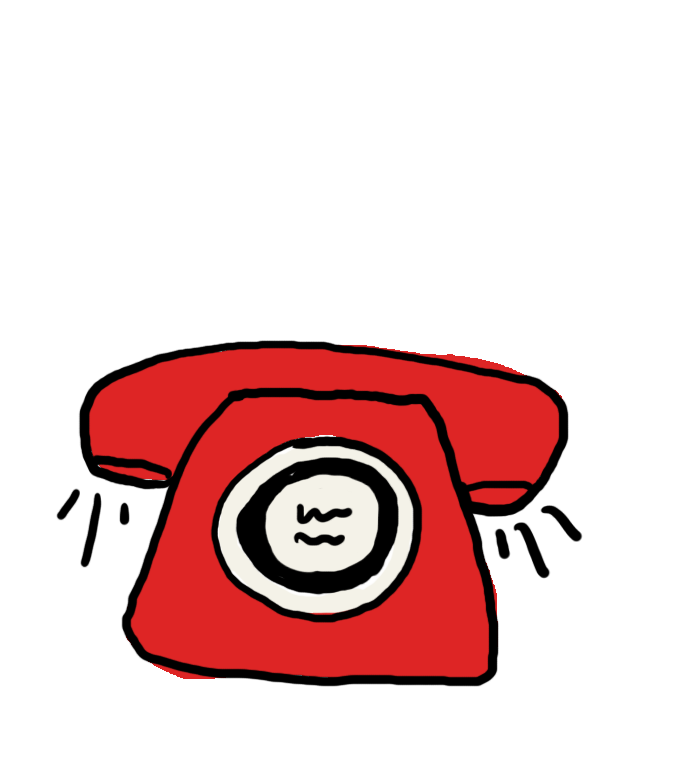Poppy Vintage Archive
The Poppy Story as told by its creators through archival images.
A little bit of Palava history.
Before Palava there was Poppy...

Rewind to 1980 and we will start from the very beggining.
Stephanie and Michael, (Palava founder Bryony's parents) moved from London to Yarm, in the North East of England. The plan was to rescue Strickland & Holt, Stephanie's family business.
Life in the North East was very different from London. Not knowing if they could save the business or not, and with four small children, they set up Poppy as a back-up plan.

At first, they started out making textiles for adults, using single colour prints which were more affordable, and thus it was easier to get the new business off the ground.

But they quickly found a niche market in illustrative children's bedding.
The children's bedding was full on! There was no minimalism to it. Design wise, it was all or nothing! Remarkably, Poppy even sold four-poster beds at Harrods, as well as mini sofas and rugs.

From adventures in children's bedding to Poppy
Even at the time, it was a marmite endeavour, some loved the designs and some hated them! But the people who loved the joyous colourful prints, couldn't get enough... it grew and grew.
The fabric was printed locally, and Stephanie & Michael employed many seamstresses, and cutters to deal with the orders, all of which worked above the Strickland & Holt shop in Yarm, which still exists to this day.
One day, they had an idea to make padded reversible jackets, and from this stemmed the clothing line for children - Poppy.
Bryony's parents also used a local factory in Hartlepool, known for its highly skilled workers, and the locals still talk about how well made the dresses were, and that the colours and cotton will last forever! Some Poppy fans have kept hold of their dresses now for two generations down the line.

A friend called Yvon, who developed all their early designs, and later a designer called Penny, who also created many prints for them.

The risks were big, they sold exclusively to shops, no internet in those days, and many shops had 30 days credit. The fabric had to be ordered in advance even before making the samples, so it was much more of a guessing game.
These days you can digitally print runs or samples making it easier to test designs, and make sure its everything you want before you press the final button, but then there were few ways of getting a clear idea of what it would look like before committing to well over 1000's of metres!
All artwork was created by hand and then scanned in on a photocopier. As nothing was digital, each layer had to be created separately. This meant that each colour layer had to be created, scanned in, printed onto acetate and then put onto a screen...
We would describe the methods as crude these days, but without computers things were scaled up and down on a photocopier, with lots of cutting and pasting. All the designs were screen printed, and the process of setting up the screens was expensive, so usually they only did one design per season, but making the most of it by offering up to 7 different styles in that one print.

The designs for the dresses were clever: printing on both sides of the fabric, often including a trim, which was cut-off to make ribbons around the dresses or used as trims on hats.
Poppy as a brand focused on border prints, this is what ultimately made the business unique and different. It was hard for larger and more commercial companies to copy and it made them distinctive.
Poppy were even visited by Royalty, opening the new workshop in Yarm.

Sadly, Poppy came to an end around 2000. It seemed things were going to be tricky in the following years. The factory in Hartlepool closed due to cheaper imports, along with many other factories before them.
At the same time, the whole world changed from maximalist fashion to minimalism. And grey, brown and beige just wasn't Poppy. So Stephanie and Michael decided to mothball the company, and park it there.
But this was not the end....
Restarting Poppy in 2010
In 2010, Bryony was working in London for UK brand Cath Kidston, and seeing how successful Cath was with her vintage-inspired prints, Bryony thought she could perhaps make something of Poppy again and possibly revive it.

There was a whole room full of fabric and a loft full of dresses back in Yarm. The whole idea was overwhelming and a steep hill to climb. Determined to manufacture in the UK, Bryony really struggled finding factories that still had the skillset to make quality garments.Picking her favourite fabrics and making more contemporary designs from them, it was a year or two later that she started to design her own fabric.

When Bryony finally got Poppy revived, it kept her awake at night that she had to screen-print the fabric and put all her eggs in one basket to produce over 1000 metres of one design and one colour. Thankfully, technology advanced and soon it was possible to digitally design and print. Each design was still based on Bryony's hand-illustrations though in the first stage.

Bryony recalls: "Inspired by Poppy's colourful border prints I set about developing my own. I started to base my illustrated stories around a little character called Poppy and her dog Fred. Each season they would go on a new adventure. To this day each collection is centered around a story and always includes one or two border prints."

From Poppy to Palava
In 2016 Poppy changed its name to Palava, alongside it started to do include more and more womenswear, growing up to create the brand as it is today.
Manufacturing our garments in the UK is still an important aspect of Palava's ethos, and we'd like to think that we are part of the ongoing revival of making things close to home and nursing those skills.
Bryony recalls: "Reflecting on it all really makes me realise how far we have come. My ethics and thoughts are still the same despite Palava growing up to become more focused on womenswear rather than children's clothing.
I still believe we should feel an attachment to our clothing and not see it as a disposable part of our lives. With this in mind we really do try to make our clothes last a lifetime. Quality and stories are everything to us."





